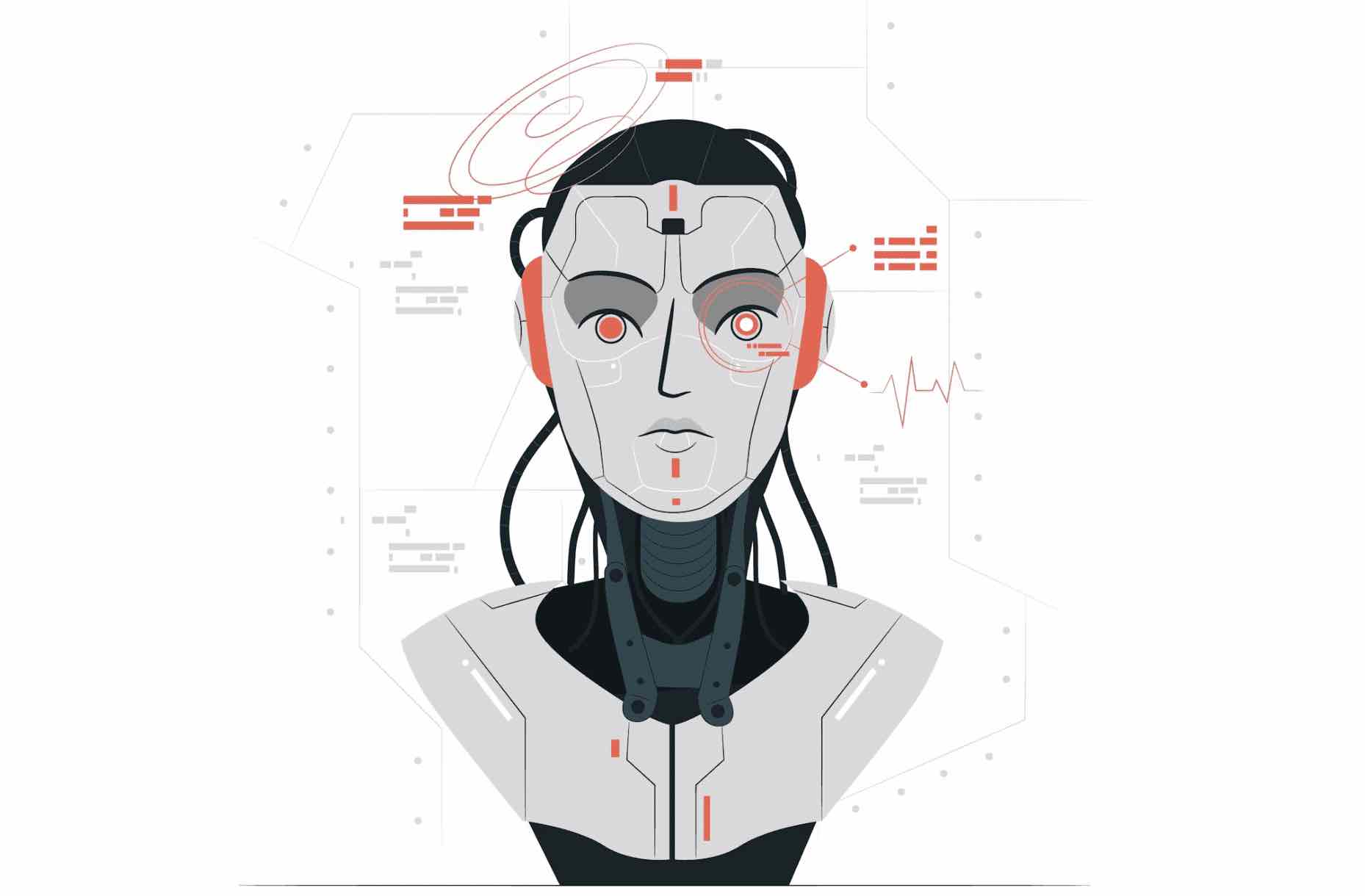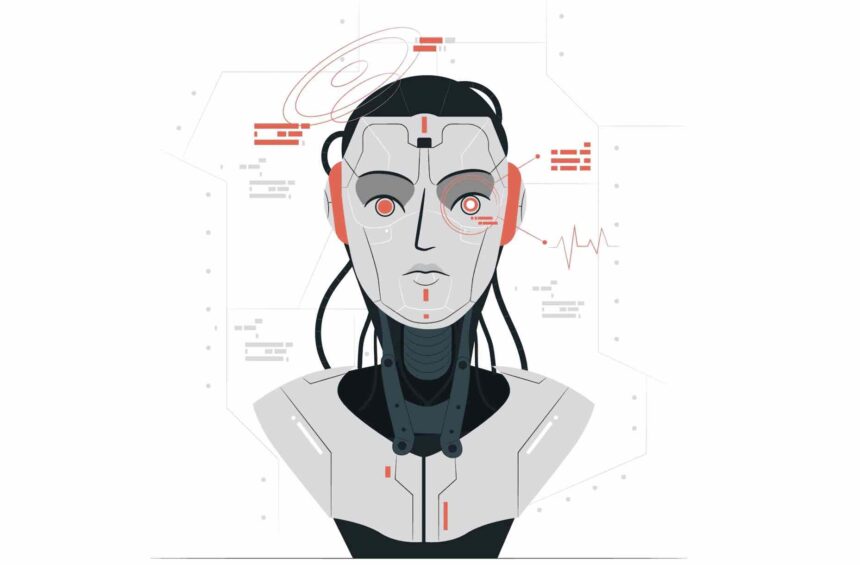
Introduction
With the rise of artificial intelligence, we’ve seen AI extend its reach into various fields, including the fascinating world of art. Now, artists and collectors alike are exploring AI-generated images. But as with any new tech, people are wondering if they can make money with it. Does AI artwork really sell? Can you use AI creations for commercial purposes without running into legal issues, such as violation of copyright law?
In this article, we’ll delve into the captivating domain of AI art. We’ll examine the possibilities and challenges of selling these innovative pieces.
AI Generated Art: Definition and Overview
AI-generated art refers to the intriguing type of art created using artificial intelligence. In this process, AI-generated images are produced by AI art generators, which are powered by neural networks that have undergone advanced training. These innovative technologies can generate new and unique artworks, opening doors to a whole new world of artistic possibilities.
If you’ve heard of Stable Diffusion, DALL-E, or Midjourney, you’ve heard of AI-generated art. These are some of the most popular and successful projects which have gained recognition in the art world due to their stunning results.
Also Read: How Much of a Threat is Artificial Intelligence to Artists?
The Legality of Selling AI-Generated Artwork
The first question we must answer is whether or not selling AI-generated art is legal. When a human artist creates a piece of art, they own the copyright to that piece. This means they can sell, license, and monetize it in whatever way they choose. But what about when an art generator produces a work?
The answer is still unclear. However, there are currently no laws prohibiting the sale of AI-generated art. As of now, it seems that AI-generated artwork can be sold without repercussions.
Challenges in Selling AI Art: Copyright and Ownership
However, that doesn’t mean there aren’t any challenges involved in selling AI-generated works. One of the biggest issues is copyright and ownership. If someone creates an artwork using AI, then who actually owns it? Is it the artist or the AI itself? Copyright laws do not consider this art form to fall under intellectual property rights. That means you are not the copyright owner of the art.
In other words, copyright policies and copyright protection do not apply to AI-generated art. Anything you create with AI can be stolen, copied, or used without your permission.
As for commercial rights, the ownership can vary depending on the site or platform you use to sell your work. For instance, platforms like DALL-E and Wombo let you monetize your AI-generated art however you please. Others, like MidJourney’s free account, don’t offer the same level of ownership. They prohibit you from selling, and you must attribute the source of the artwork.
Also Read: Who Owns Art Created By AI? Can AI Art Be Copyrighted?
AI Art and the Art World: Criticisms and Controversies
Although many digital artists are enthusiastic about AI-generated art, many in the art world have not been as welcoming. There have been criticisms and controversies surrounding this new form of expression.
Some believe that AI art is merely a cheap imitation of the human creative process. Others argue that it undermines the uniqueness and originality of ‘real’ artwork. The creation process enables image AI software to replicate works of art, which is seen by some as a threat to artistic originality and authenticity.
In response, many artist communities have revised their content policy to only accept submissions by real people. In other words, they banned AI-generated art from their catalogs.
The Value of AI Art: Pricing and Sales Trends
So, how much can you really make off of AI-generated content? Well, it all depends on how you sell it. Some people had luck selling public domain images on stock image websites. Others have successfully sold AI-generated creations on platforms like Etsy and other art marketplaces.
Overall, the pricing for AI artwork is still relatively low compared to traditional artwork. Of course, there is always an exception to the rule. Some pieces have sold at auction houses for as much as $432,000, but these are rare cases.
In general, buyers seem to be more interested in the novelty of AI art than its quality or potential as a long-term investment. The real benefit is being able to do many iterations quickly and easily. This approach enables artists to test out different ideas and concepts much faster than traditional processes.
Ethical Considerations in AI Art Creation and Sales
Although we are just now hearing about AI art, it has been around for a while. In fact, platforms like DALL-E have been around for years, just in beta testing. That’s because such powerful technologies raise some ethical questions. The developers had to make sure their software was not used for corrupt purposes or to create something that could be deemed inappropriate.
Its ability to create realistic images is the first problematic area. AI art can be used to create deepfakes, a form of media manipulation that is hard to distinguish from the real thing. Famous people have already been victims of this, with deepfakes being used to spread misinformation or create embarrassing content.
Another ethical issue is that AI uses data from the web, which is often unverified and unregulated. This third-party content could unknowingly use sensitive images that violate copyright law. The plaintiff artists could then sue the creators of the AI art.




